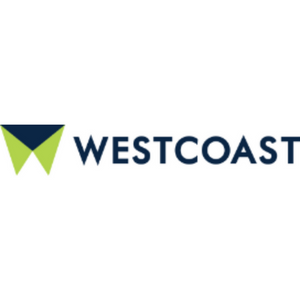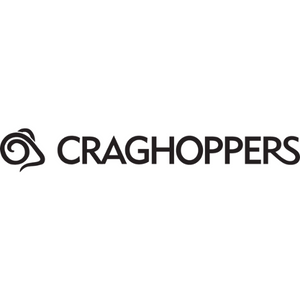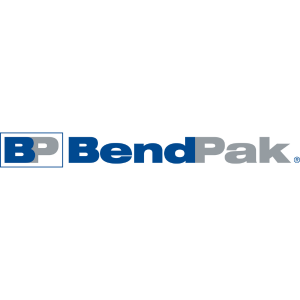How to Calculate the ROI of a PIM
One of the biggest challenges facing businesses today is managing the complexity of product information. Implementing a Product Information Management (PIM) system centralizes this data, streamlining management and ensuring information is reliable, accessible, and easily distributed across all channels. When it comes to evaluating the right solution, the decision often boils down to the ROI of a PIM.
For eCommerce brands, it is absolutely imperative for them to fully understand the effect this streamlining will have on their bottom line, and how quickly they can expect the solution to pay for itself with the revenue it helps bring in. With growing product lines and multiple sales channels, it’s also essential to have consistent, accurate data across the board.
In this whitepaper, we provide an in-depth look at how a modern PIM system can deliver significant returns on investment (ROI) by helping businesses achieve:
- Improved data accuracy and efficiency
- Reduced time to market for new products
- Enhanced brand consistency across channels
- Increased scalability to support growth
Through practical insights and a detailed ROI calculator, we demonstrate how a PIM can positively impact your bottom line. We also provide a series of formulas brands can use to gain an idea of what that ROI might look like for their business specifically.
This whitepaper offers a comprehensive guide to quantifying the financial and operational benefits of PIM, equipping you with the tools to make an informed decision for your business
Grab your coffee and enjoy a deep dive into calculating the ROI of PIM!
~30 minute read (circa 14,000 words)
Access the How to Calculate the ROI of a PIM whitepaper for free now:




















































































































